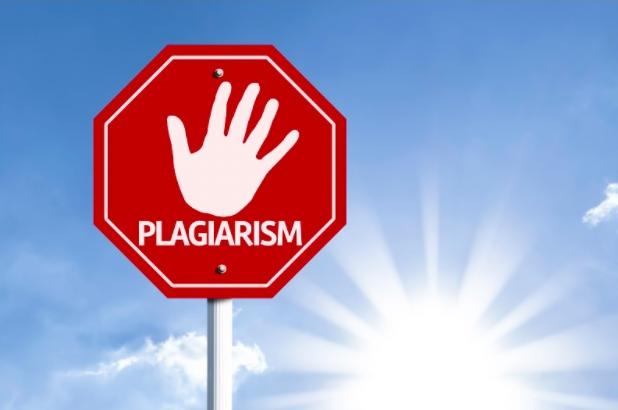*Plagiarism is a massive problem at every academic level, and students often struggle to avoid the pitfall of plagiarism while navigating the complex art of essay writing.
The consequences of plagiarism can be extremely serious, from failing an assignment to failing an entire course. If you are looking for some help avoiding plagiarism, we have you covered.
Our list of fifteen tips for avoiding plagiarism will help you to produce original, quality essays every time. Let’s take a look at some of the best ways to steer clear of plagiarism when you write your next essay.
- Learn the definition of plagiarism. By understanding what plagiarism is and is not, you will be more likely to avoid committing plagiarism as you write your own paper. Ignorance may be bliss, but it won’t help you avoid costly errors.
- Review your college’s academic honesty policy. Each school treats plagiarism a little differently, particularly in distinguishing between accidental plagiarism and intentional dishonesty. Be sure you know the consequences at your college for any plagiarism problems.
- Paraphrase rather than quote. When you use material from your sources, make it a practice to rewrite everything in your own words. If you don’t borrow any language, you can’t accidentally forget to put quotation marks around it
- Quote sources using quotation marks. Whenever you do borrow the exact language of a source, use quotation marks to clearly distinguish between your words and those of your source.
- Cite your sources whenever you use them. Don’t wait until the end of the paper to go back and sprinkle in citations. Whenever you use material from a source, add a citation right then and there to make sure you’ve documented your work thoroughly.
- Fill out your reference list as you go. Avoid accidentally forgetting a source by adding each source to your reference list as you use it rather than waiting until the end to try to compile the entire list all at once.
- Double-check your reference list. When you’ve finished your paper, make sure every in-text citation matches up to a source in the reference list in order to ensure that your paper’s sources are all present and accounted for.
- Be enthusiastic about your topic. Often, plagiarism is the result of a lack of interest and enthusiasm, which translates into carelessness. Write about what you love so you’ll be more likely to do the research and put in the effort to write it right.
- Know what not to cite. Common knowledge doesn’t have to be cited, so write about it in your own words to reduce the chances that you might accidentally plagiarize by trying to use someone else’s formulation of a common fact.
- Use an outline to plan your paraphrases and quotes. By outlining your paper before you begin, you’ll be able to identify when and where you will paraphrase and quote to make sure you know where all the citations need to go. This will also help you to ensure that you have the right balance between your own original ideas and those you borrow from others.
- Use a plagiarism checker to spot problem areas. Run your paper through an online plagiarism detection service and use the report you receive to identify potential problem spots in your paper that you can then go back and manually review.
- Use quality sources. When you use sources you find through a search engine search, you might run across plagiarized material, and using it can cause problems in your own paper. Evaluate each source’s credibility before you begin using it to make sure you are using only the best sources.
- Check image permissions. Yes, you can plagiarize images, charts, and graphs as much as you can text. Be sure that you have proper permissions and have given appropriate credit to the creators of any images, charts, or graphs you use in your paper.
- Slow down. Plagiarism is more likely to happen when you are racing through an essay. Going too fast can lead to carelessness, which in turn can create conditions that lead to plagiarism. Slow down to make sure you do things the right way.
- Get professional help. Using an essay writing service can show you the right way to write your essay and work with sources without plagiarizing. A team of professional essay writers know how to create plagiarism-free papers and will be happy to help you create one, too.
We Publish News 24/7. Don’t Miss A Story. Click HERE to SUBSCRIBE to Our Newsletter Now!






